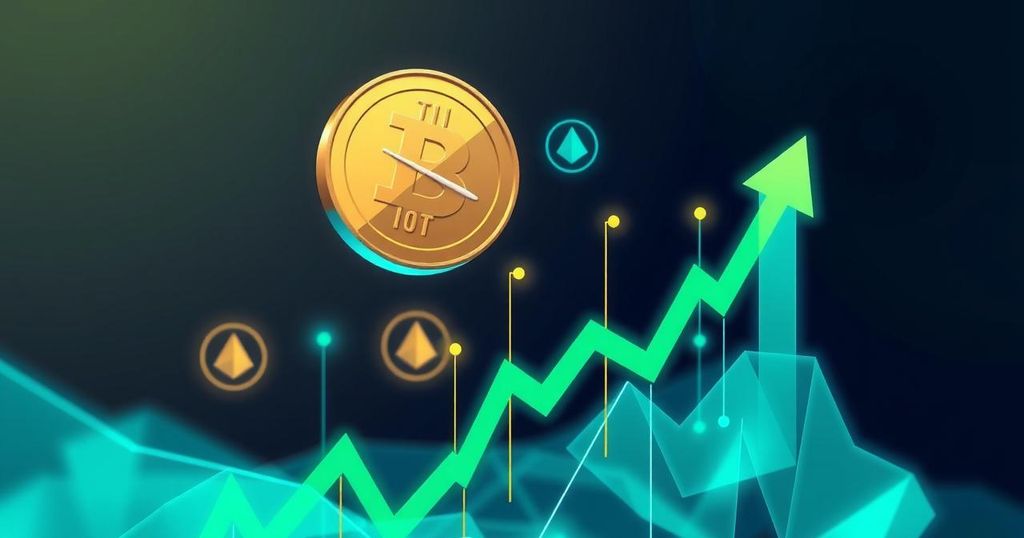ALPACA Token’s Rollercoaster: From Soaring Gains to Looming Delisting
The ALPACA token rose 650% after Binance announced plans to delist it. Instead of a price drop, a short squeeze pushed prices to a peak before a drastic drop occurred. Alpaca Finance’s issuance freeze added to the volatility. This episode highlights the risks of chasing quick gains in the cryptocurrency market.
In a stunning sequence of events, ALPACA token experienced an astounding 650% surge in value over a few days coinciding with Binance’s shocking announcement regarding its delisting. Starting from a low point, the token’s unexpected rally was significantly influenced by a short squeeze and the freezing of new token issuances, leaving many market analysts scratching their heads as this is not typical behaviour in such circumstances.
On April 24, 2025, Binance, the leading cryptocurrency exchange globally, dropped the bombshell that it would delist all spot trading pairs related to ALPACA on May 2, 2025. Normally, such news triggers panic among investors, causing a price slump. Surprisingly, ALPACA exhibited the opposite effect.
TradingView data indicates that over 48 hours, ALPACA shot up from a mere $0.029 to an astonishing high of over $0.21. During this time, the trading volume also surged, a clear signal that many investors were rushing in to buy, defying standard market reactions to delisting news.
However, this rise was short-lived. By April 29, ALPACA’s price took a sharp dive, plummeting nearly 70% in just three hours. It fell from $0.24 to a low of $0.066, erasing nearly all its earlier gains. This downturn raised serious questions about the sustainability of the earlier surge.
The phenomenal spike in price can mainly be linked to a phenomenon known as a “short squeeze.” In the wake of the delisting announcement, many traders anticipated a price drop, thus they opened short positions. The shocking price increase forced these traders to cut their losses by buying back tokens, which only added to the buying pressure and drove prices even higher.
Additionally, Alpaca Finance’s choice to suspend its plans for additional ALPACA token issuances played a crucial role in this scenario. Initially, the idea was to provide more liquidity to market makers. However, after negative feedback from the community, the plan was shelved, inadvertently restricting the supply of tokens and further pushing up prices.
Interestingly, ALPACA isn’t alone in this erratic ride. The VOXEL token had a similar experience when it skyrocketed following a delisting announcement. However, it turned out to be more complicated than it seemed, as Bitget uncovered manipulative activities that involved a group illegally profiting to the tune of over $20 million. They acted by freezing the implicated accounts and promising to redistribute the recovered funds via airdrops to users.
For ALPACA investors, although the recent price action shows some short-term promise, the risks are still profoundly high. The impending delisting will undeniably lower ALPACA’s liquidity, complicating future buying and selling of the token.
Starting at 03:00 UTC on May 2, 2025, Binance will officially delist the trading pairs: ALPACA/USDT, ALPACA/BTC, ALPACA/BNB, and ALPACA/BUSD, which is expected to further disrupt trading dynamics.
In conclusion, the ALPACA saga illustrates both the thrilling potential for dramatic gains among beleaguered tokens and the lurking risks that come with chasing after fleeting price spikes. While the momentary gains were fuelled by factors like token issuance suspension and short covering, the forthcoming delisting is likely to create more substantial liquidity constraints and increased price volatility.




Post Comment